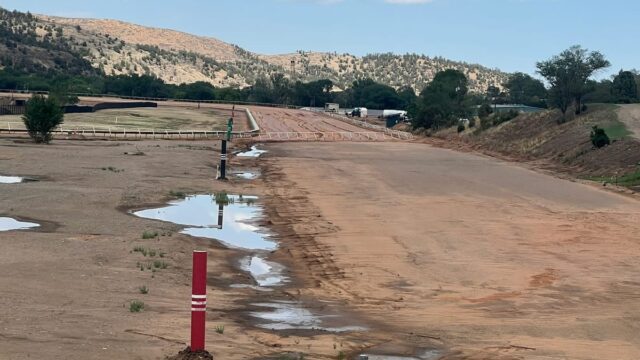Village sees signs of rebound after devastation of 2024
Elva K. Österreich, Southern New Mexico Journalism Collaborative
RUIDOSO – On June 17, 2024, Kerry Gladden drove to her office at The Agency in Midtown Ruidoso, early as usual. In the distance she could see a wisp of smoke to the west and so knew there was a spot fire above the Upper Canyon on the village’s western flank.
Fires are not unusual in the area, so Gladden, who is the public information officer for the village of Ruidoso, worked through the morning.
“A little after noon, our texts went off and said to report to Village Hall for EOC (Emergency Operations Center) operations,” she said. “When I went out, I knew, this is not good – from little wisp to big, big plume.”
Things escalated fast from that point, from a 20-minute meeting to the decision to open the EOC at Fire Station 1.
“I just fell into the rhythm, pushing out information,” she said. “Sitting next to the mayor and the emergency manager as they gave direction to the team. By the time 3:30 came along, the decision to evacuate Upper Canyon came down.”
Fighting fires on two fronts
High temperatures, low humidity, seasonal drought and high winds had turned the surrounding forest into a tinderbox. The new ignition, named the South Fork Fire, would soon threaten the entire mountaintop community. A second fire, the Salt Fire, started to the south, prompting concerns for the adjacent municipality of Ruidoso Downs.
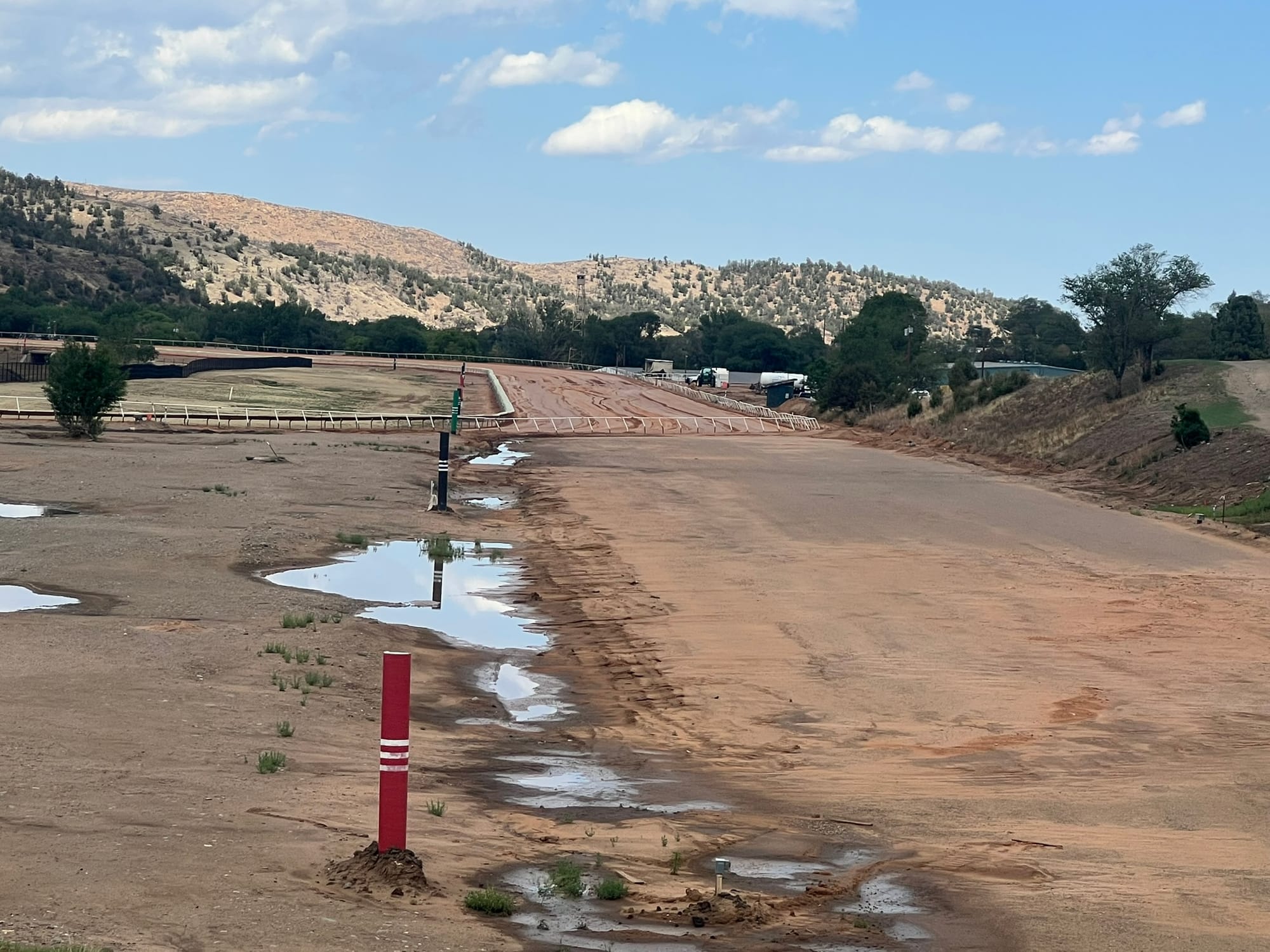
Though a year has passed, memories of last year’s disastrous events are still vivid in the minds of many Ruidoso residents.
“It just got worse and worse,” Gladden said. “The Salt Fire was coming in, breached Highway 70, so then there was a lot of talk about having fire on both sides of us. I was still thinking ‘It’s going to be okay, it’s going to be okay.’”
Because of the growing risk, officials decided to evacuate the village, and the only way out was east toward Roswell. In the first six hours, the fire threat had grown exponentially.
“It was really surreal,” she said. “Sudderth (Drive) looked like a freeway traffic jam because there were so many cars trying to get out. It was like that for hours.”
Continued Gladden: “Shortly after we called for the evacuation, we lost all communication, – electricity, phones, everything.”
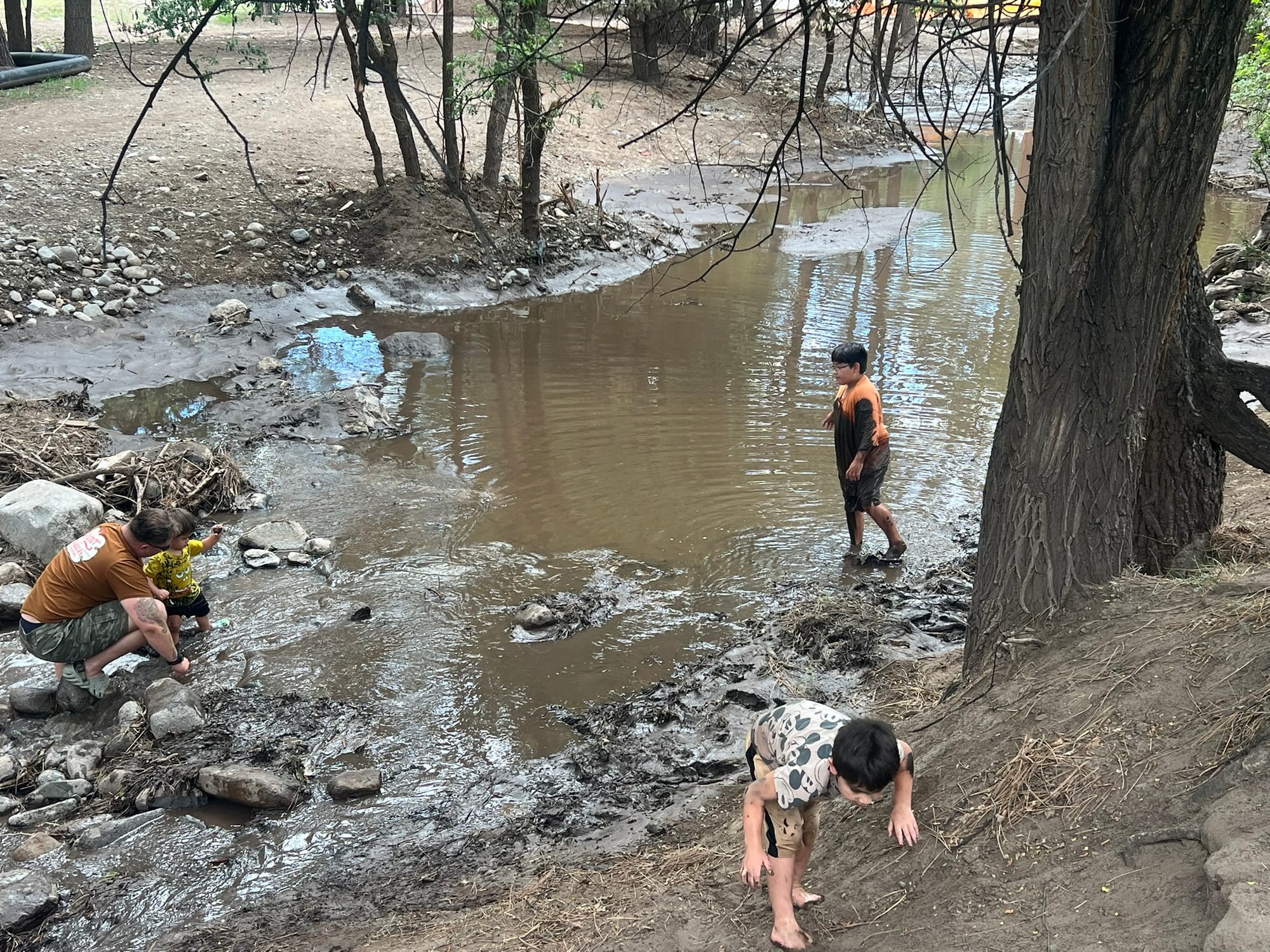
The fires had burned key infrastructure that affected cell phone and internet.
Gladden said she wasn’t scared – she grew up in Ruidoso and had seen plenty of fires – but she recalled nothing like this.
“You just get to a place where you put your head down and work,” she said.
Thousands evacuated, two perished
By the end of the fires’ first day, thousands of people had evacuated to communities across the region, some capturing in photos and videos the dramatic plumes of smoke billowing in the sky as they fled. And a wall of flames from the South Fork Fire, driven by strong winds, swept to the northeast. Local hot shots and firefighters put up their best fight to protect buildings along Mechem Drive and other neighborhoods threatened by the blaze.
Still, the fast-moving fire consumed swaths of trees, homes and businesses, like the well-known Swiss Chalet Inn and the Alto Ski Shop just north of Ruidoso. And sadly, two people perished, including a popular local musician who’d been living at the inn.
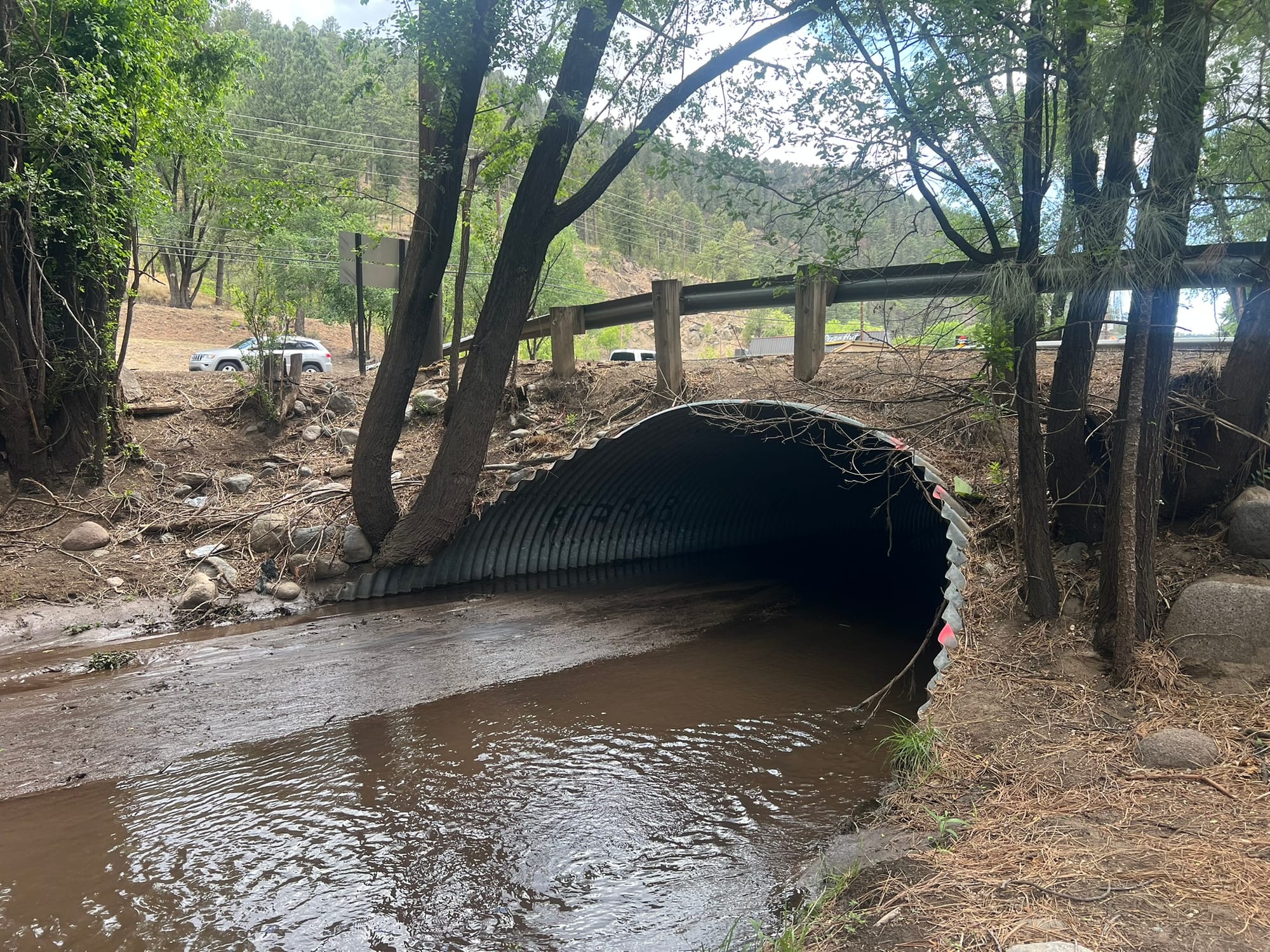
The third day of the fires saw a welcome influx of moisture from the Gulf of Mexico that helped to slow their growth. But officials quickly cautioned anyone remaining in the area about a risk of a different kind: flooding that was made worse because of burn scars. Soon, authorities were carrying out water rescues in low-lying areas. Some homes and businesses that had been spared from the fires were now destroyed by mudslides and a deluge of water.
The EOC, still in operation, had moved to the Ruidoso Convention Center.
“It became an incident within an incident,” Gladden said. “Each time a flood would come, there was a group would break off and go into another room and manage and message what was going on with the flood. When that was over we would move back into the main incident area.”
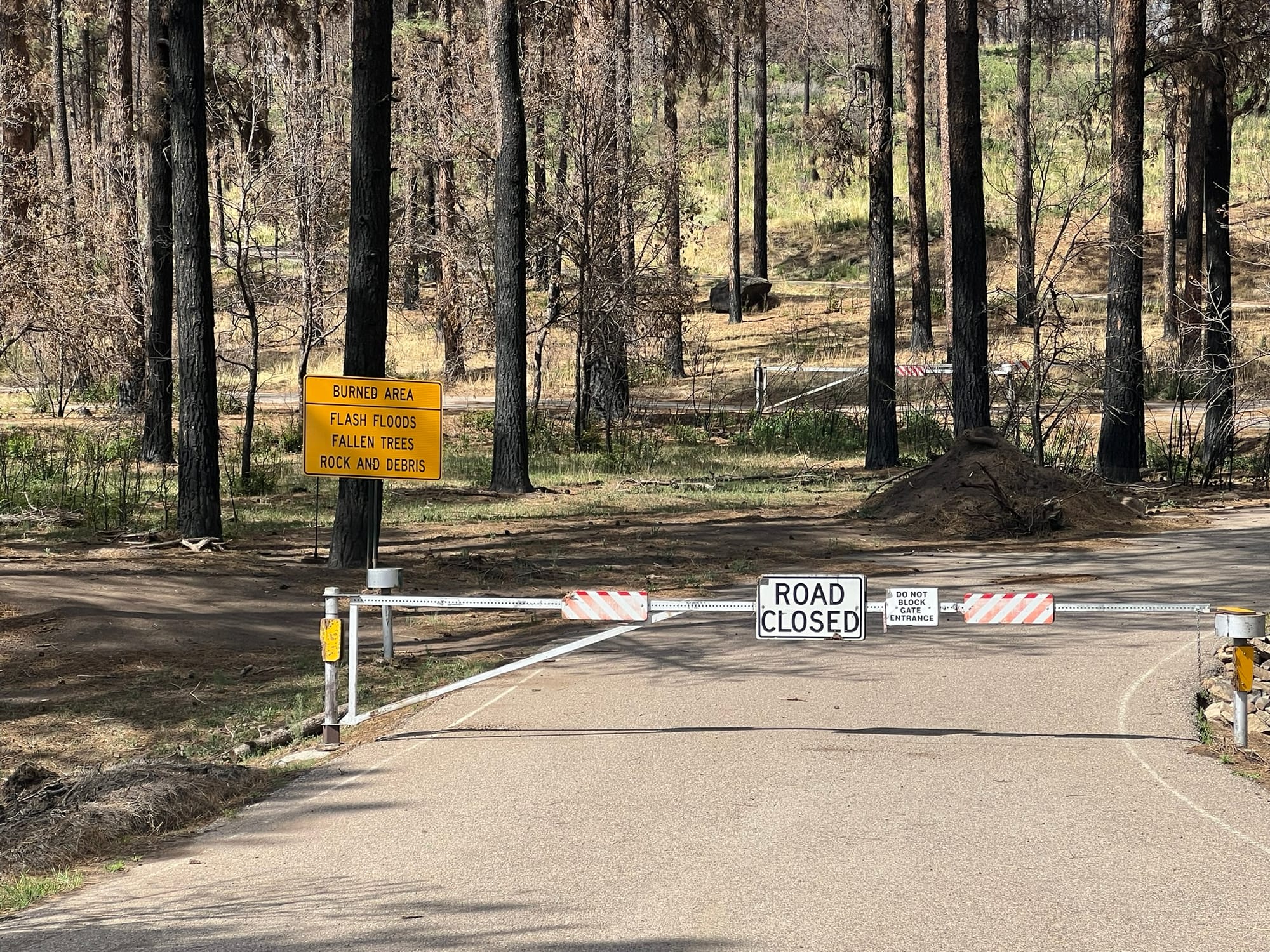
Emergency Manager Eric Queller guided the proceedings. By the time the floods hit there were many agencies on the ground at the EOC including FEMA, swiftwater rescue teams, the Department of Homeland Security and more.
“There were 700 people at the convention center,” Gladden said. “Working in teams, every morning and night we would have briefings. Other emergency managers from around the state and country came.”
The EOC remained for about 111 days until the monsoon season was over with. Although residents were allowed to return to the village about a week after the initial evacuation, each new rain storm – and the flood risk it carried – left people on edge.
“It was a long haul – long nights, long days that ran into one another,” she said.
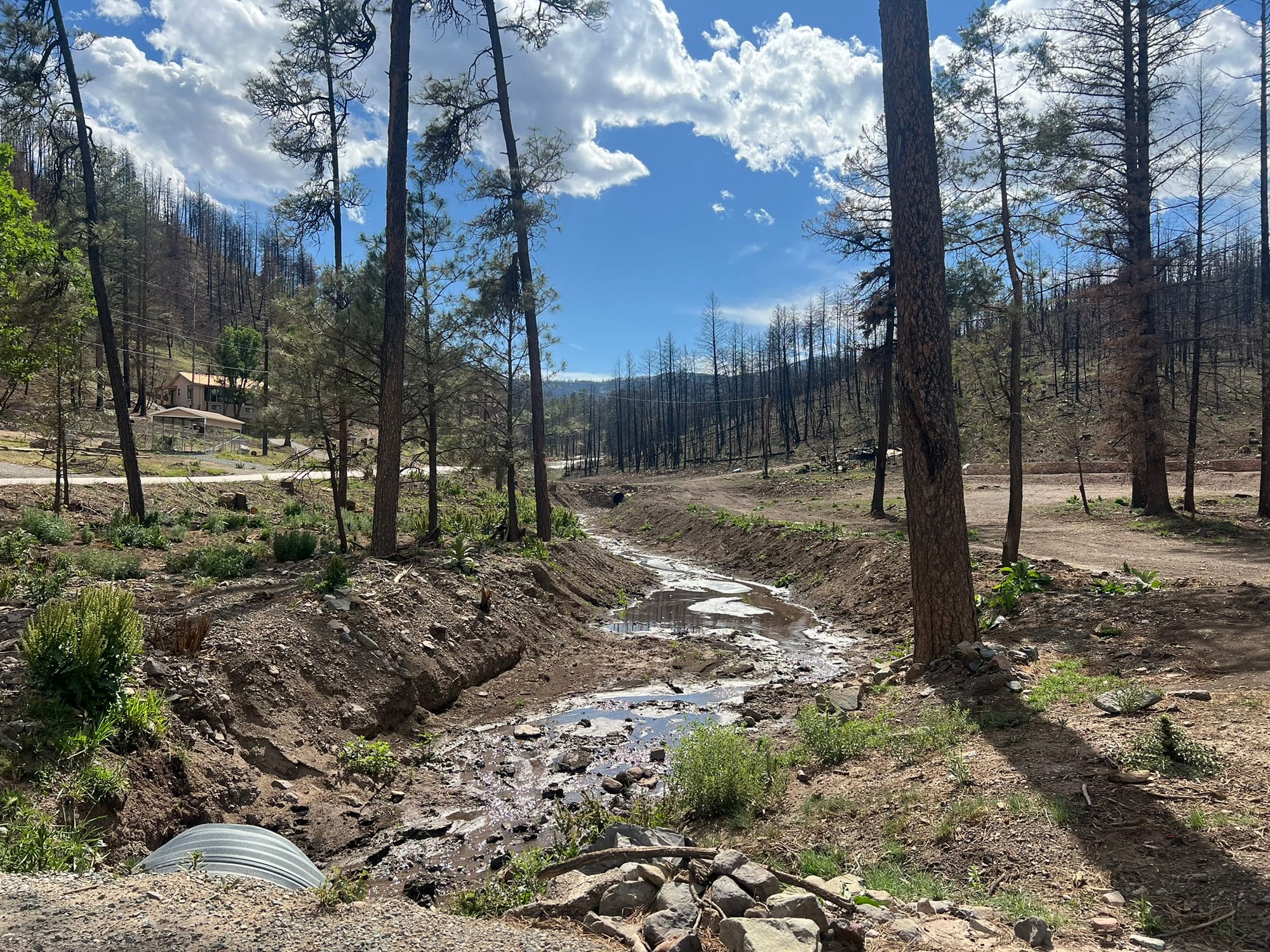
A long road to recovery
For a couple of weeks, the messages going out to the world promoting Ruidoso as a travel destination were put on hold. Then gradually, as business owners and residents came back and started rebuilding their lives, they started getting the word out that Ruidoso didn’t burn to the ground, Gladden said.
Since the fire and floods, area officials have been working with numerous state and federal agencies to get residents what they need, Gladden said. Ultimately, about 870 structures were lost to fire and then another 46 to flooding. People lost their homes, businesses and irreplaceable personal property.
Kaitlyn Carpenter, a Ruidoso resident for 15 years, operated her art studio at Adobe Plaza on Mechem Drive, next to Rio Ruidoso, which flows through the center of the village. When the town evacuated she got everything she valued out of her studio, including her late uncle’s artwork. Then she brought it all back after the fire evacuation order was lifted, only for it to be destroyed in the flooding.
“They said we could come back, and nobody warned us about a flood possibility,” she said. “We thought everything was good. Then my art studio got destroyed in the flood. It was very problematic when it happened for sure.”
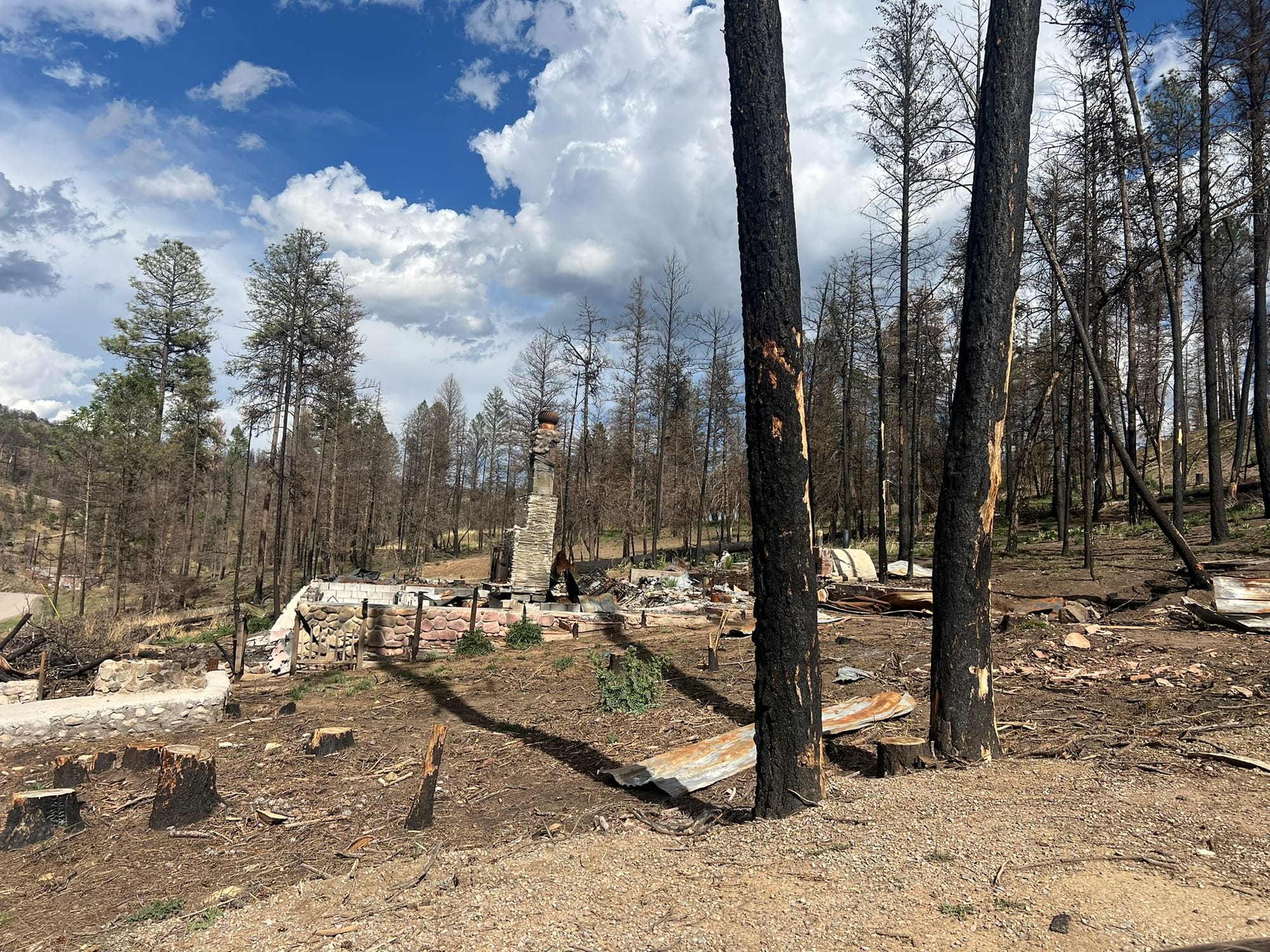
Seeking federal, state assistance
Gladden said Ruidoso’s general approach has been to work with federal, state and local agencies to try and recover funds that directly impacted infrastructure and other municipal facilities and services, she said. The village also worked with FEMA and NRCS to assist the public with programs covering flood and fire assistance.
The federal and state governments are paying for much of the recovery, with the areas related to infrastructure, such as river, water and sewer systems, receiving the most intense work.
Gladden said the village has “done a lot of work” to mitigate flood risk and boost public safety.
“The village has partnered with Lincoln County, NRCS (Natural Resources Conservation Service) and DHSEM (state Department of Homeland Security and Emergency Management) to desilt the river, implement diversion projects such as HESCO baskets and trash racks to stop debris, armoring the river with riprap, positioned new warning sirens for alerting the public, removed debris from the river to stop run-off and established new flood plains and building requirements to take homes out of danger.”
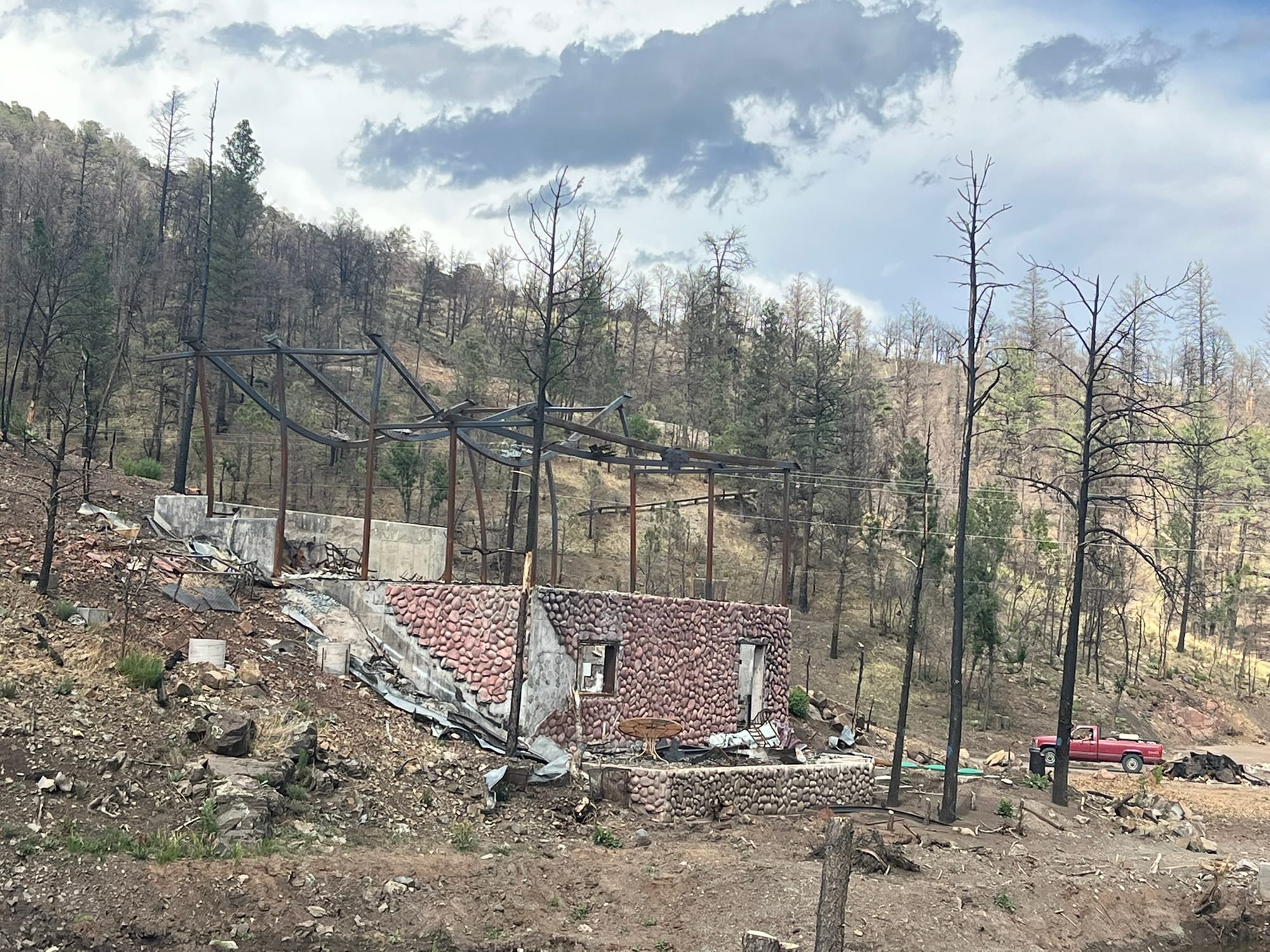
Some residents face recovery delays
Often the aid does not come in quickly, Gladden said. Both municipal entities and individuals have challenges when it comes to recovery. The village can’t directly help individuals because of anti-donation clauses, but it can put people on track with resources if they call in.
Some residents have been paid out in full by their insurance companies, and some were not so fast, Gladden said.
“I know it is frustrating for a lot of residents,” she said. “We immediately started working with all the resources we had available. It’s been a steady effort. Anytime you have a disaster, property values aren’t going to go up.”
Some who want to rebuild are having a difficult time finding insurance on their properties, she said.
“It’s kind of a vicious cycle,” she said. “Instead of making a couple of calls to insurance agencies, you were making 20.”
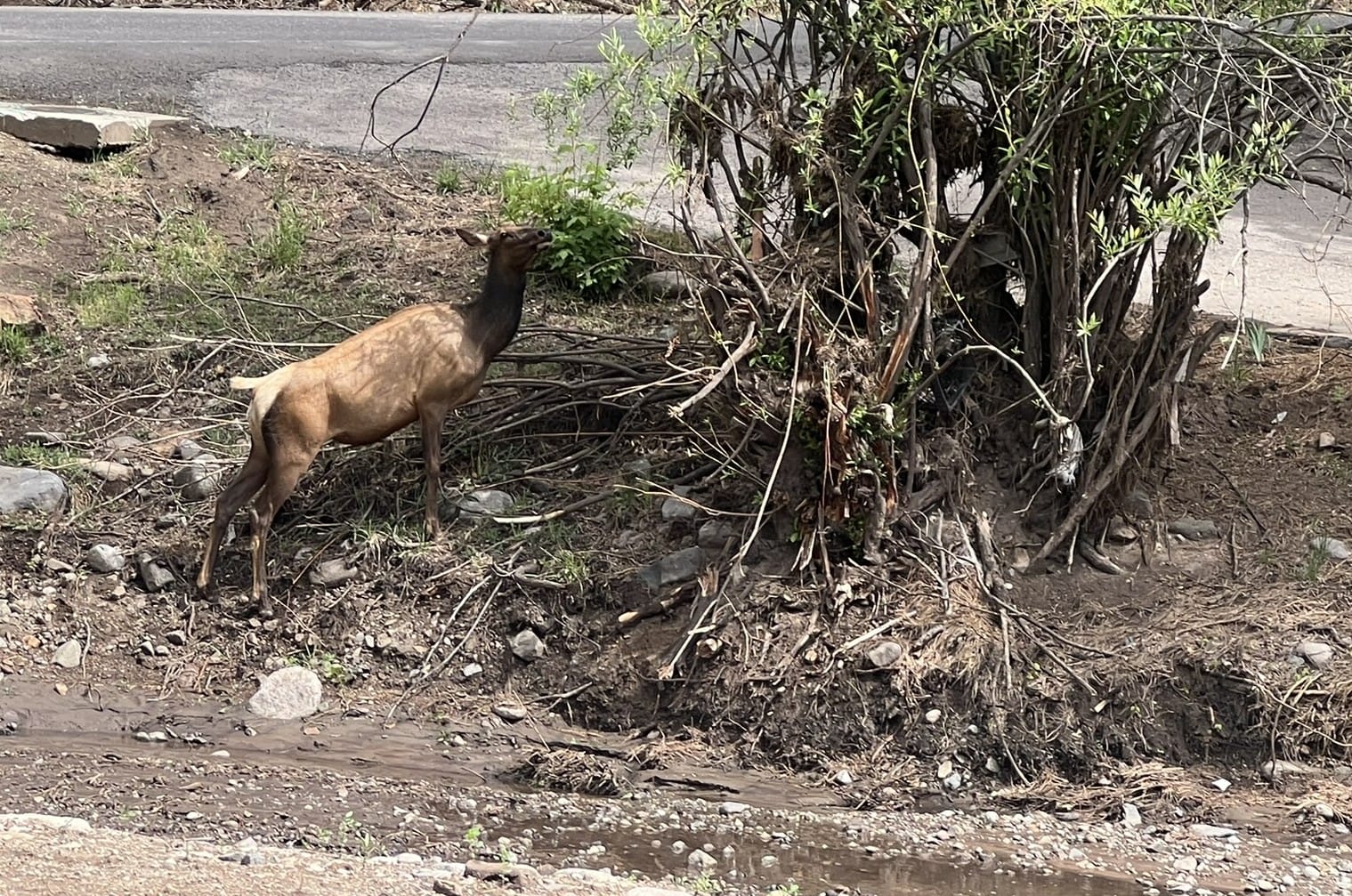
Tax revenue, traffic up
Today, businesses are still working on rebuilding efforts, and there are grants and loans available. There are signs tourism is rebounding.
“Businesses got their two biggest money-earning months taken away from them (in 2024),” Gladden said. “This year the GRT (gross revenue tax) is up. “At Memorial Day, foot traffic Midtown was up 5 percent from last year pre-disaster.
“I think it shows people love Ruidoso, they want to support Ruidoso, and they have been coming back and doing just that.”
Carpenter’s art studio, too, is gradually being recreated as part of a new shipping container plaza in Midtown. She is hoping to be open in the next few months.
“I would say it was hard getting back to it,” she said. “But our community is so awesome that so many people reached out to me to help, that was a blessing. It made things easier, I wouldn’t be moving into it without the community support.”
But Gladden anticipates the village will be in recovery for another three to five years.
Unfortunately, the risks for both fire and flooding will continue. Burn scars from both the South Fork and Salt Fires will continue to be sources of excessive run-off, when rain falls upon them. The village has already seen some rainfall this summer, although major flooding hasn’t yet been a problem.
Gladden said Ruidoso was already one of the only municipalities in the state with a dedicated forest crew. The department monitors the village properties, clearing as needed for fire safety. They inspect every home and every property and let people know what they have to do on their land to reduce fire risks.
The Ready, Set, Go program – a warning system to evacuate during disasters – educates residents on ways to stay safe through public engagement at events like the Christmas Jubilee, Vines in the Pines and more.
To Gladden, the last two weeks of June 2024 amounted to an “unprecedented situation” village staff had to navigate. And they won’t be soon forgotten
“The entire team banded together to start response and recovery operations. From the full evacuation of the village to the establishment of the EOC to working directly with federal and state agencies to bring the village back online, staff worked around the clock to return to some sense of normalcy for its residents.”



